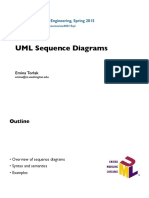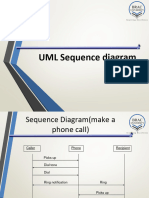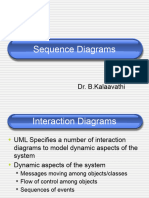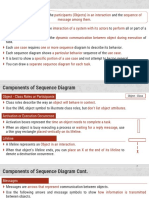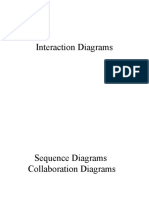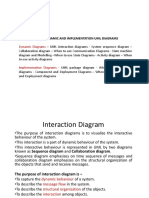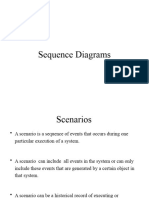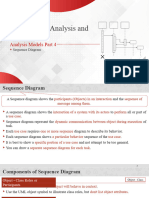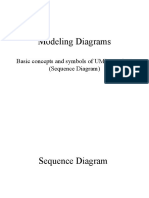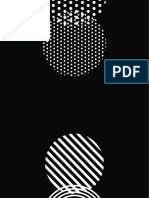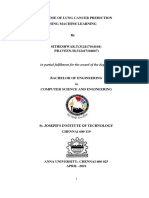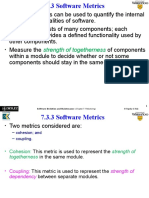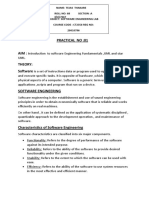0% found this document useful (0 votes)
17 views18 pages07-Uml Sequence Diagrams
The document provides lecture notes on UML sequence diagrams, detailing their purpose, key components, and how they relate to other UML diagrams. It explains the structure of sequence diagrams, including participants, messages, object lifetimes, and how to represent method calls, selections, and loops. Additionally, it includes exercises for creating sequence diagrams based on specific use cases.
Uploaded by
thangs_74Copyright
© © All Rights Reserved
We take content rights seriously. If you suspect this is your content, claim it here.
Available Formats
Download as PPT, PDF, TXT or read online on Scribd
0% found this document useful (0 votes)
17 views18 pages07-Uml Sequence Diagrams
The document provides lecture notes on UML sequence diagrams, detailing their purpose, key components, and how they relate to other UML diagrams. It explains the structure of sequence diagrams, including participants, messages, object lifetimes, and how to represent method calls, selections, and loops. Additionally, it includes exercises for creating sequence diagrams based on specific use cases.
Uploaded by
thangs_74Copyright
© © All Rights Reserved
We take content rights seriously. If you suspect this is your content, claim it here.
Available Formats
Download as PPT, PDF, TXT or read online on Scribd
/ 18






